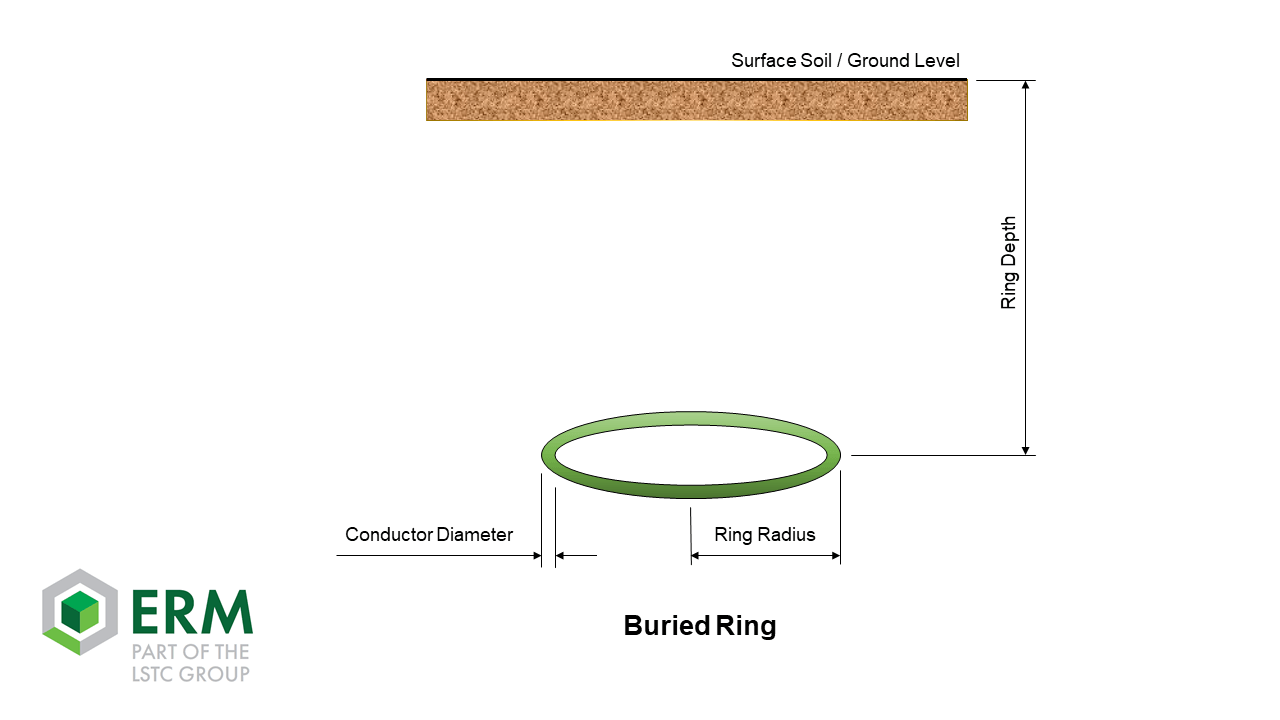


What is the minimum acceptable value of insulation resistance? If neutral-ground voltage is 0 V – again assuming that there is load on the circuit – then check for a neutral-ground connection in the receptacle, whether accidental or intentional. Under load conditions, there should be some neutral-ground voltage – 2 V or a little bit less is pretty typical. Should there be voltage on the neutral wire? Another possibility is that the neutral in the panel is overloaded. If the reading is high (above 2V to 3V), then the branch circuit might be overloaded. In most office environments, a typical reading of neutral-to-ground voltage is about 1.5V. it is REFERENCED to ground, but the only place it should be at the exact same potential is at the bonding point. JRaef said: Neutral is a “current carrying conductor” and therefore required to be insulated. Neutral Grounding Resistors are also commonly referred to as Neutral Earthing Resistors and Earth Fault Protection Resistors. The fundamental purpose of a Neutral Grounding Resistor (NGR) is to limit ground fault currents to safe levels so that all the electrical equipment in a power system is protected.



 0 kommentar(er)
0 kommentar(er)
